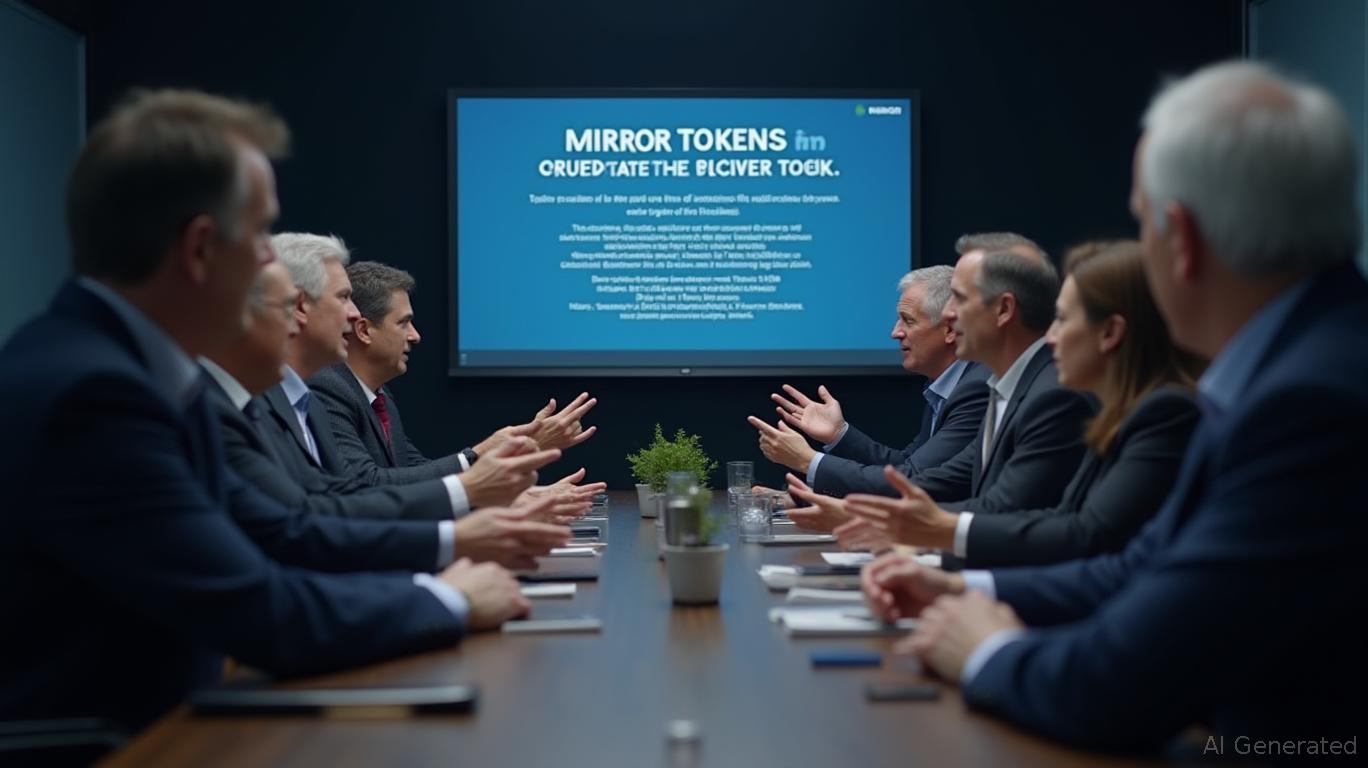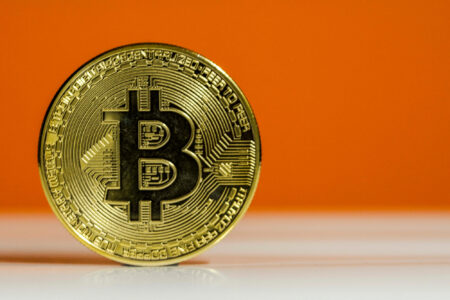Mirror Tokens: Where Cryptocurrency Innovation Aligns with Regulatory Frameworks
- SEC faces pressure to regulate tokens via structured frameworks, with Commissioner Peirce advocating "mirror tokens" as compliant innovation. - Coinbase's $375M Echo acquisition and Sonar platform exemplify regulated token sales with KYC measures, mirroring Europe's MiCA framework. - Canadian XXIX Mining's Opemiska project highlights global trends linking tokenization to clean energy incentives and tax credits. - Mirror tokens aim to resolve regulatory ambiguity by aligning digital assets with securities
The U.S. Securities and Exchange Commission (SEC) is facing mounting calls to establish a more organized approach to token oversight, with Commissioner Hester Peirce standing out as a prominent supporter of "mirror tokens" as a possible answer. Peirce, who has consistently championed both investor protection and innovation within the crypto sector, has once again voiced her backing for a system that enables asset tokenization while maintaining transparent regulatory boundaries. This initiative coincides with a wider industry movement toward compliance-focused fundraising, as seen in recent trends in token launches and growing institutional engagement.

The idea of mirror tokens—digital counterparts of conventional assets such as stocks or property—has been gaining momentum as a method to connect traditional finance with blockchain innovation. Peirce has maintained that these tokens could deliver the advantages of tokenization, including fractional ownership and round-the-clock trading, all while fitting into current regulatory systems. "Mirror tokens could open doors for progress without putting investors at risk from unregistered securities," she remarked in a recent address, according to
Peirce’s renewed push comes at a pivotal moment, as the crypto sector is experiencing a revival of structured fundraising strategies. For example, Coinbase’s $375 million purchase of Echo—a platform that facilitates regulatory-compliant token launches—has been described as a spark for a new generation of regulated initial coin offerings (ICOs). Echo’s Sonar tool, which enables founders to conduct public token offerings on blockchains like
At the same time, broader market trends highlight the necessity for a measured strategy. Nasdaq, a major force in both traditional and digital asset trading, reported varied results in October, with its indexes moving in response to strong earnings from established sectors like industrials and finance, as noted by
The momentum for organized tokenization is
Nevertheless, obstacles persist. The SEC’s previous actions against unregistered token offerings—evident in its enforcement against early ICOs—have left numerous projects uncertain about compliance. Peirce’s mirror token initiative aims to resolve this by establishing a parallel structure where digital tokens are purpose-built to meet securities regulations from the outset, a point emphasized in the CryptoNews report. While some critics worry this could hinder innovation by imposing strict standards, supporters argue it would boost investor trust and curb fraudulent activity.
As the SEC continues to balance its responsibilities of safeguarding investors and encouraging innovation, Peirce’s endorsement of mirror tokens signals a growing belief that regulatory clarity, rather than enforcement alone, is essential for the crypto industry’s long-term development. With companies like
Disclaimer: The content of this article solely reflects the author's opinion and does not represent the platform in any capacity. This article is not intended to serve as a reference for making investment decisions.
You may also like
USE.com Opens Its Presale Phase as Global Demand for Next-Generation Exchanges Surges
Twenty One (XXI) launches on the NYSE with a 4 billion dollar Bitcoin treasury

The Influence of New Technologies on Investment Prospects in Higher Education
- Emerging tech reshapes workforce demands, creating investment opportunities for STEM-aligned institutions like Farmingdale State College (FSC). - FSC's $75M Computer Sciences Center and AI research projects bridge education gaps in cybersecurity, AI, and engineering through hands-on training. - Edtech platforms like Uplimit and immersive tools (AR/VR) address skill shortages, while career-connected learning models gain traction in workforce development. - Despite federal STEM funding declines, institutio

XRP Holds $2.05 Support as Price Trades at $2.08 Within Long-Term Channel
